LATEST INSIGHTS
Your Present Location: LATEST INSIGHTS-
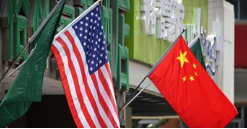
China can use US' own tactics to counter it
China has reiterated that it doesn't want to be dragged into a trade war with the United States but is capable of safeguarding its interests if it is forced into one. How will the Sino-US trade dispute develop? Two experts share their views on the issue with China Daily's Yao Yuxin. Excerpts follow:
2019-05-17 -
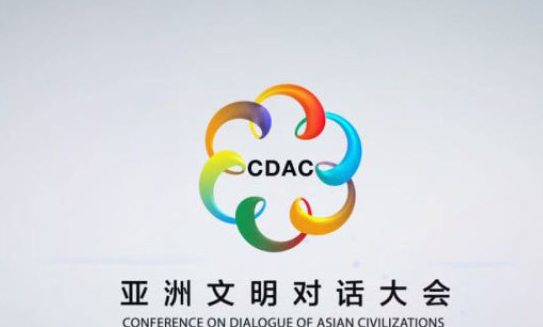
China to put soft power on show as ‘clash of civilisations’ debate comes back to life
Chinese President Xi Jinping is expected to try to reassure Asia that China’s emergence will not threaten the existing world order when he opens a conference in Beijing designed to promote the country’s soft power.
2019-05-17 -

Ding Gang: Self-sufficiency helps Iran counter sanctions
Foreign tourists who visit Iran the first time will be surprised at the calm of the Iranian people who are living under US sanctions. In Iran, there is a wide variety of food in supermarkets. All kinds of local cuisine, at bargain prices, fill Iran's restaurants.
2019-05-17 -
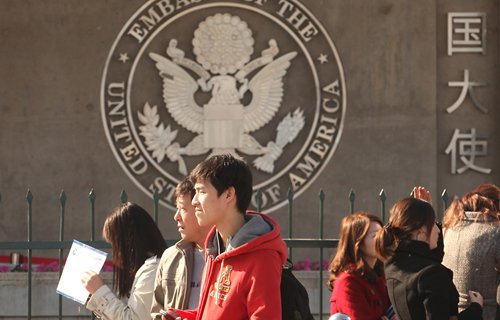
US scraps scholar’s lecture, Chinese academics urge continuous unofficial exchanges
The US Embassy in China confirmed on Wednesday that a US scholar's speech on economic matters to a think tank in Beijing was canceled due to the incorrect description of his title, while Chinese observers called for stable and continuous non-official ties in times of tensions.
2019-05-16 -
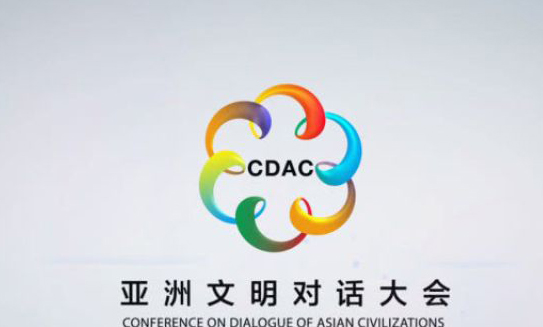
China to put soft power on show as ‘clash of civilisations’ debate comes back to life
2019-05-16 -

Concerns rise over US college admissions
The escalating US-China trade war not only rattled global markets this week but also triggered concerns that top US colleges might tighten their admission of Chinese students, or even close the door for good.
2019-05-16 -
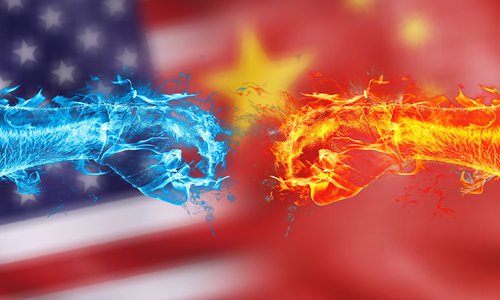
To US: ‘We will fight to the end’
This unusual message on the trade war with the US disseminated by China's state broadcaster during the country's most-watched daily news show on Monday night was a top search topic on social media on Tuesday.
2019-05-16 -
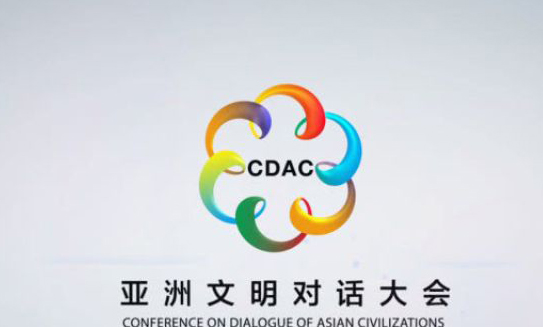
China to put soft power on show as ‘clash of civilisations’ debate comes back to life
Chinese President Xi Jinping is expected to try to reassure Asia that China’s emergence will not threaten the existing world order when he opens a conference in Beijing designed to promote the country’s soft power.
2019-05-16 -
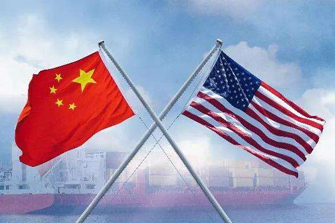
Jin Canrong: China has three trump cards to win trade war with US
China is not afraid of the US on trade issues. It is better for the trade war not to happen since it will hurt both sides. But if the trade war happens, China will win. It may be an unexpected outcome even for US President Donald Trump who, like other US elites, believes the US has advantages.
2019-05-16 -
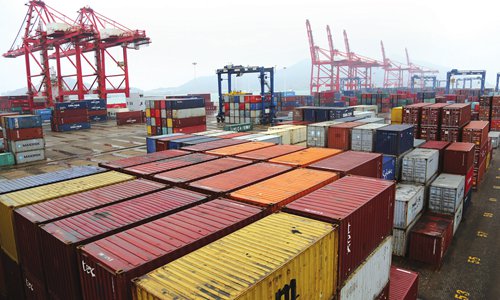
China retaliates against US tariffs while leaving room for trade talks
China hit back at US President Donald Trump's latest tariffs on Chinese goods on Monday, announcing tariffs of between 5 percent to 25 percent on 5,140 US-originated products effective June 1, showing a rational stance of Beijing and leaving room for the two to reach a final trade deal, experts said.
2019-05-16 -
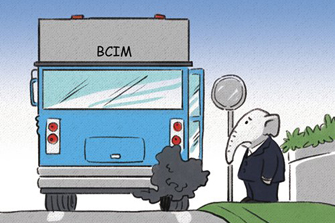
Liu Zongyi: BCIM devt awaits India’s participation
In the late 1990s, the academic community in China's Yunnan Province proposed economic cooperation with Bangladesh, India, and Myanmar. The idea was embraced by academics from the three neighboring countries.
2019-05-15 -
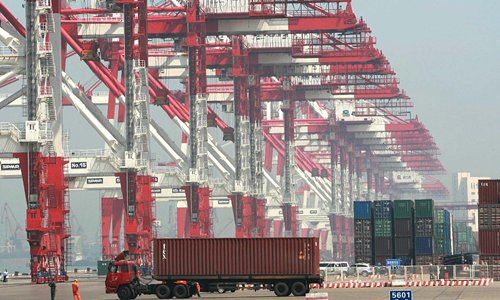
China pushes back on US claims, keeps options open
China on Tuesday stepped up criticism of the US as tensions between the world's largest economies continued to escalate, blaming the US for the renewed escalation that has roiled global financial markets and saying the US has underestimated China's resolve and ability to defend itself.
2019-05-15 -
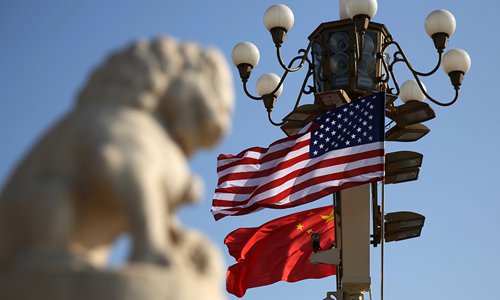
China hits back at US tariffs
China on Monday struck back at US tariffs on Chinese goods, announcing duties of between 5 percent to 25 percent on more than 5,100 products from the US worth tens of billions of dollars.
2019-05-15 -
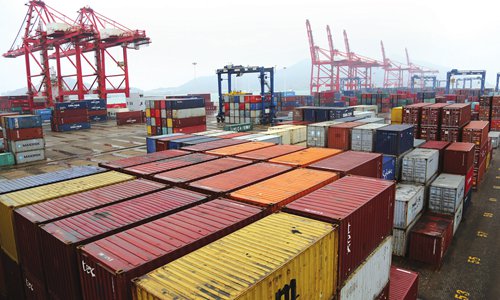
China’s retaliation measures ‘rational’
China's latest countermeasures against US tariff hikes demonstrated its "rational" attitude toward the ongoing trade war as the retaliation left room for further negotiations while also easing pressure on domestic companies, experts said on Tuesday.
2019-05-15 -
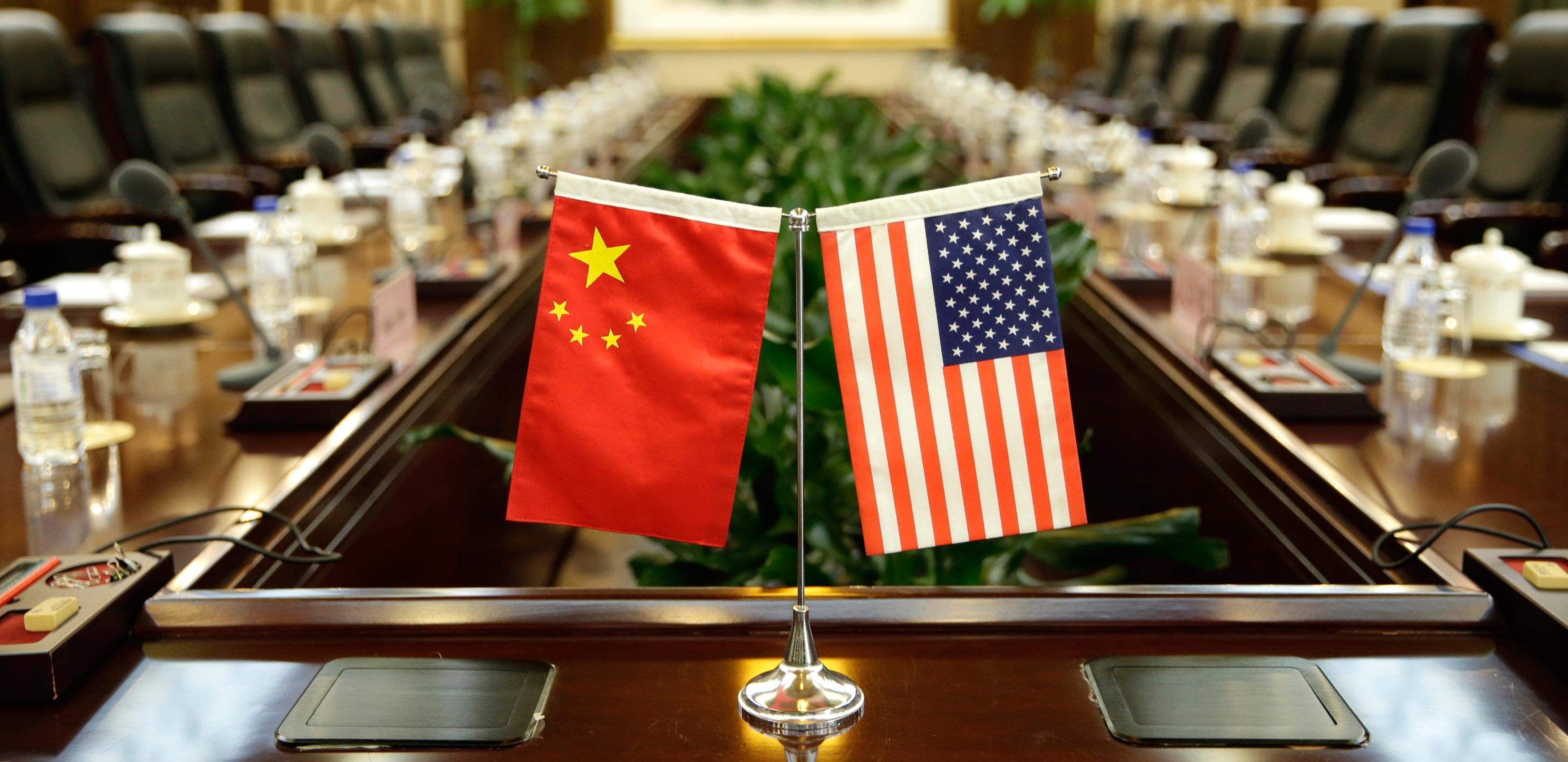
China not to compromise on major principles, capable to cope with challenges: think tanks
Facing US tariff hike threats, China has adhered to its bottom line, defended national dignity and people's interests, experts with domestic think tanks said Sunday at a symposium on China-US trade relations.
2019-05-14 -

John Ross: With few weapons to fight an economic slowdown, the US faces dilemma
Current US administration actions on trade make it important to carry out a calm objective comparison of the economic situation of China and the US. This is particularly necessary because the US administration engages in inaccurate boasting while China tends to present its economic situation in a calm, even modest, way. But, in very serious matters, there is no virtue in exaggeration -- there is only virtue in realism.
2019-05-14 -
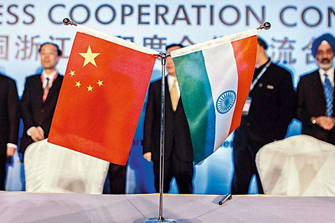
Gap between China and India widens under Modi
As the 2019 Indian general election gets underway, there has been discussion about whether India has lagged further behind China over the past five years under the Modi government.
2019-05-14 -
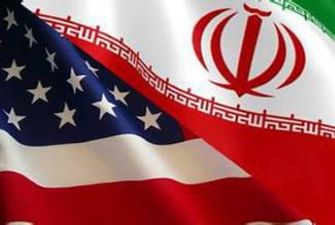
How to salvage Iran nuclear deal with the remaining signatories?
Iran said on Wednesday it would stop complying with the nuclear deal unless other powers help the country bypass renewed U.S. sanctions in the next 60 days.
2019-05-13 -

China revs up targeted financing support for real economy
China's total outstanding social financing rose 10.4 percent year on year to 209.68 trillion yuan, the latest central bank data showed.
2019-05-13 -
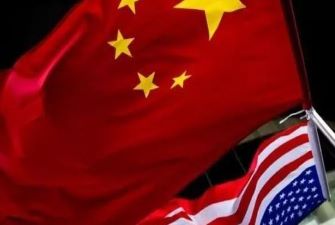
China should hit back smartly at US
China does not need to brace for the trade war at the pace set by the US and China could direct precision strikes at vital links in the US economy to inflict systemic damage to bring the latter back to the negotiating table, Chinese analysts said on Sunday, after the US on Friday increased an existing 10 percent tariff on $200 billion in Chinese goods and products to 25 percent.
2019-05-13









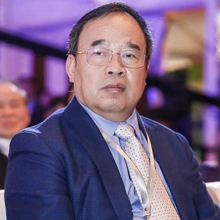

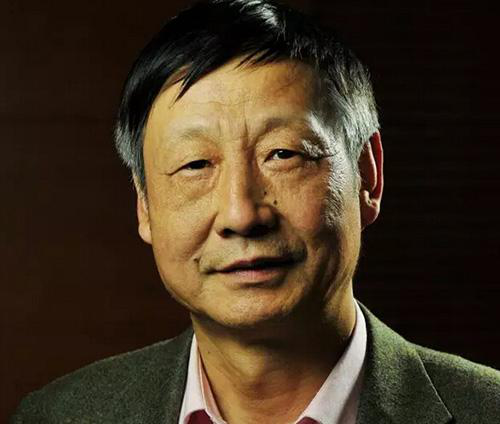















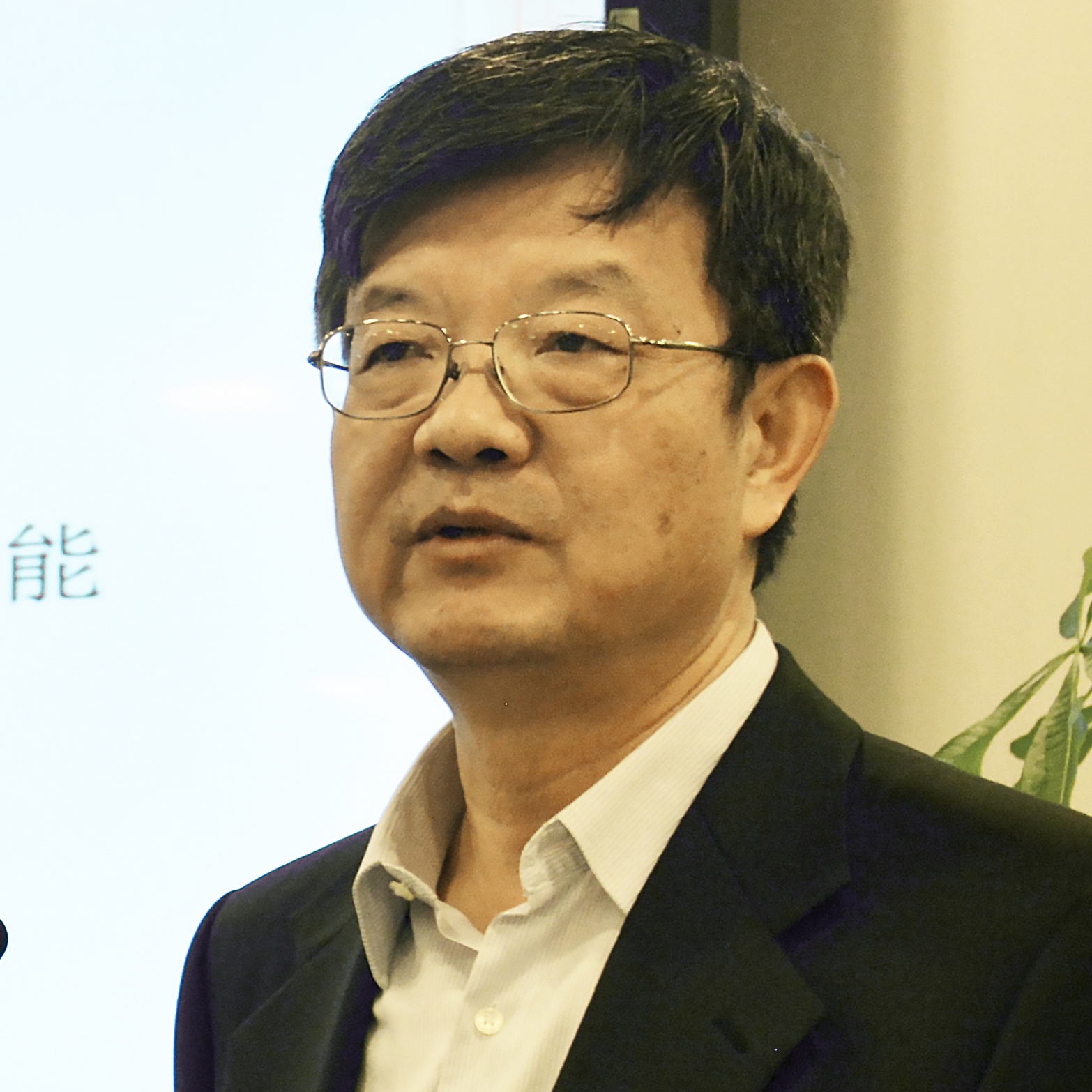


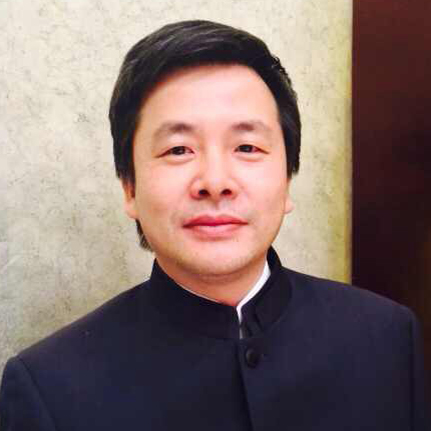
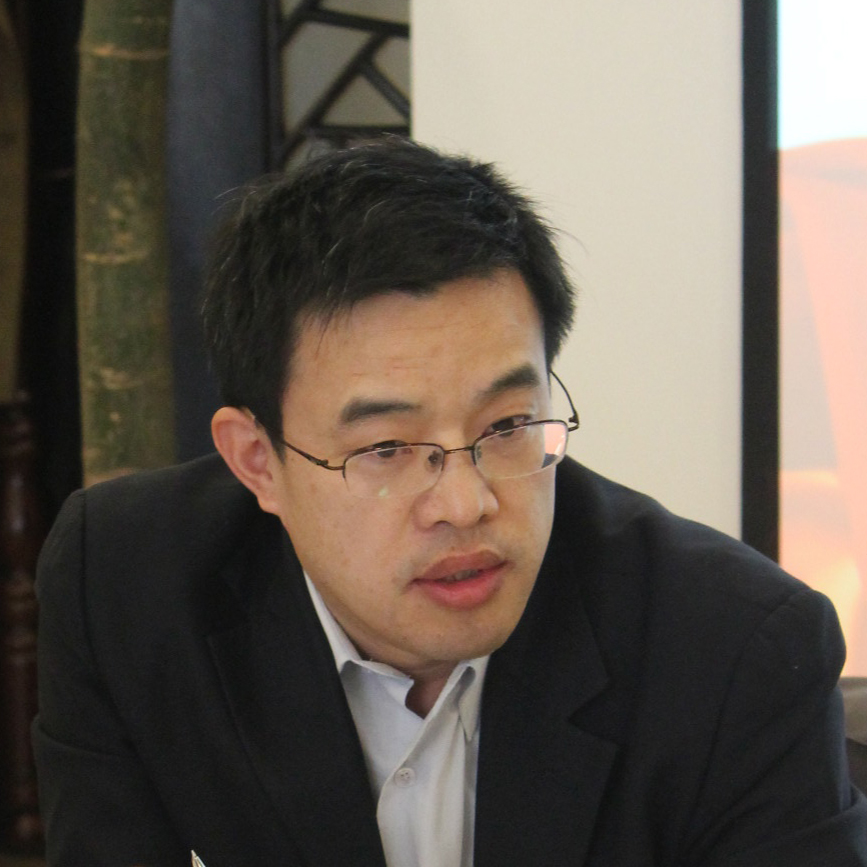

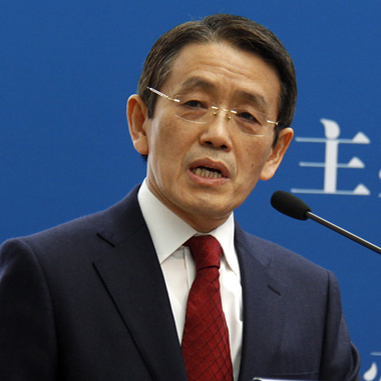

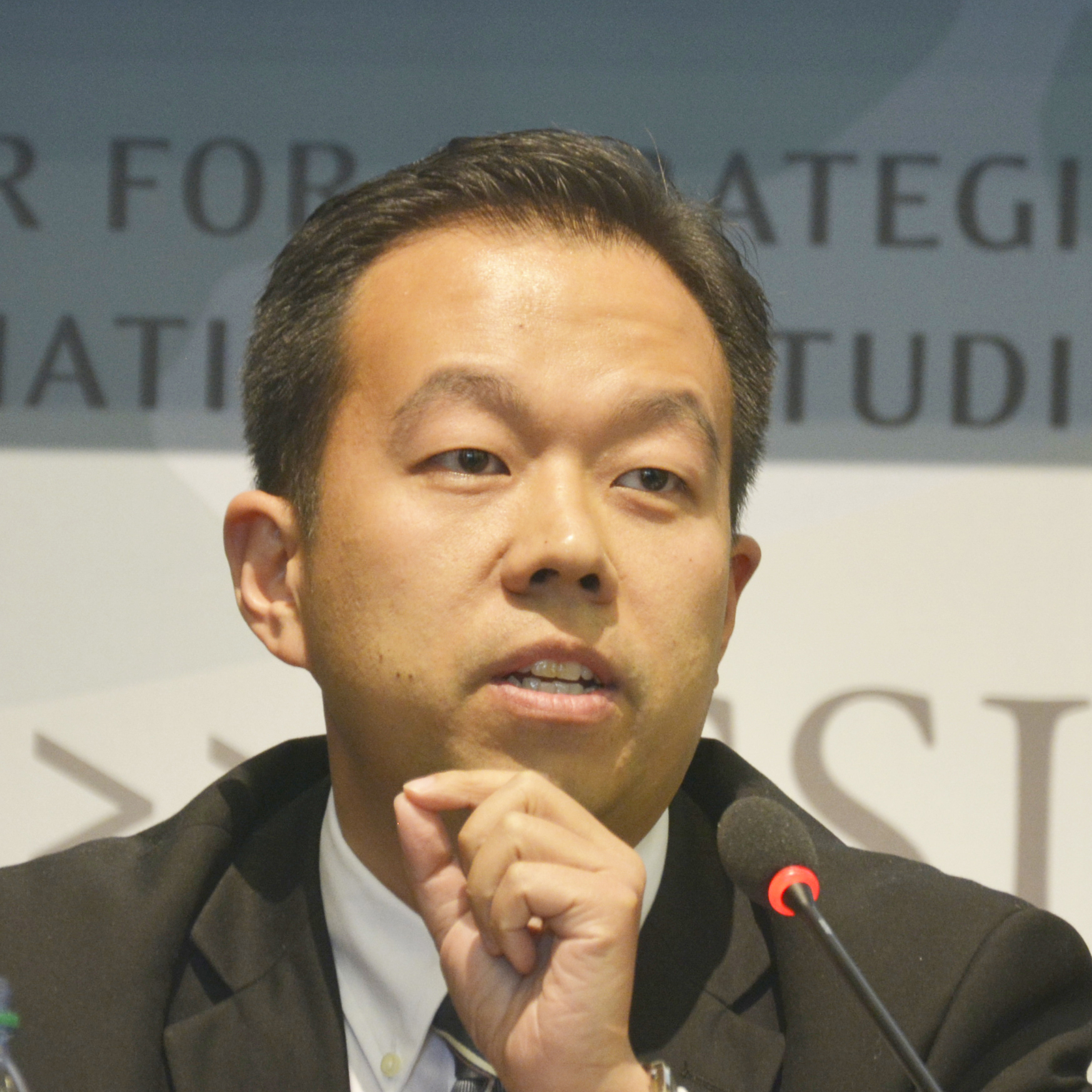










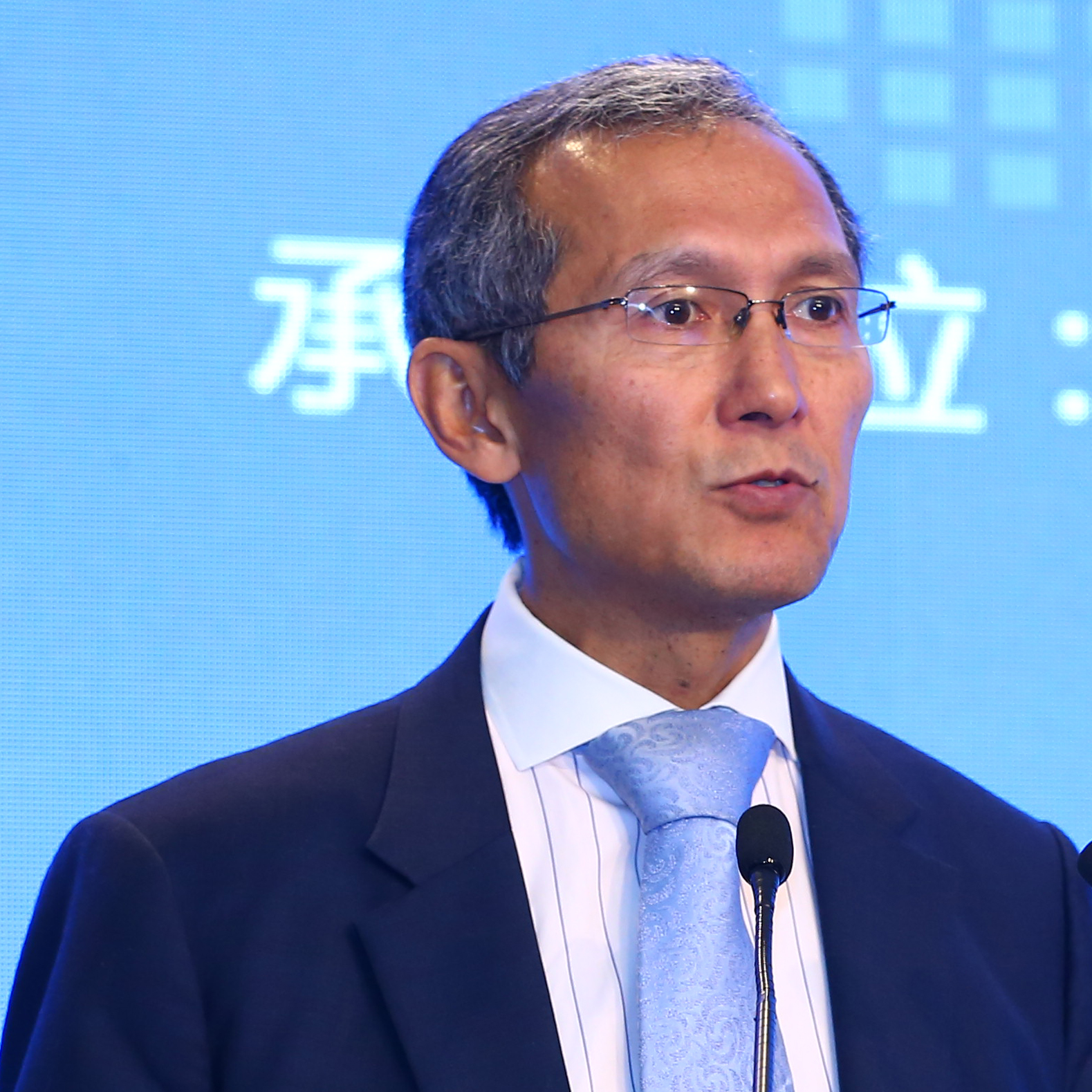


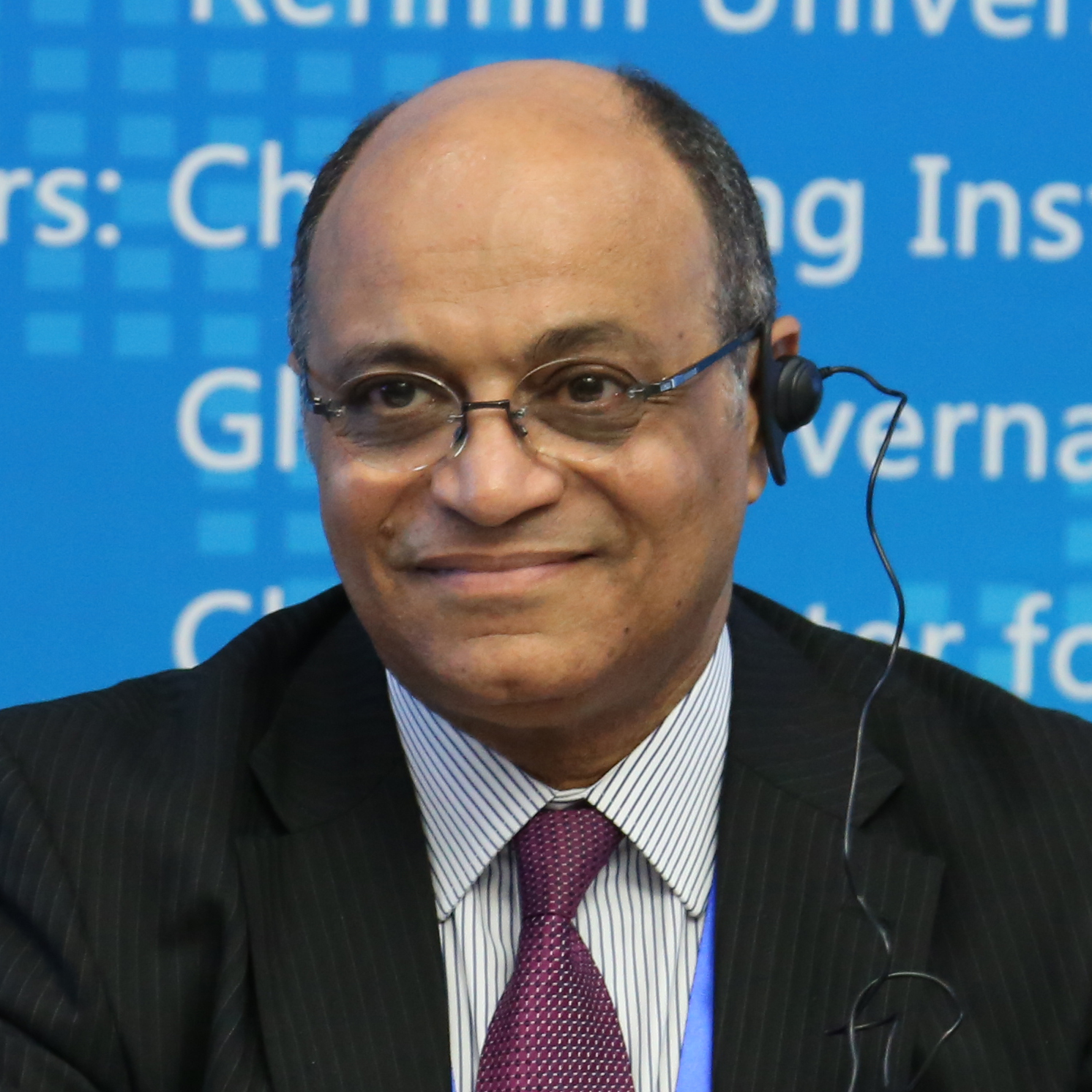













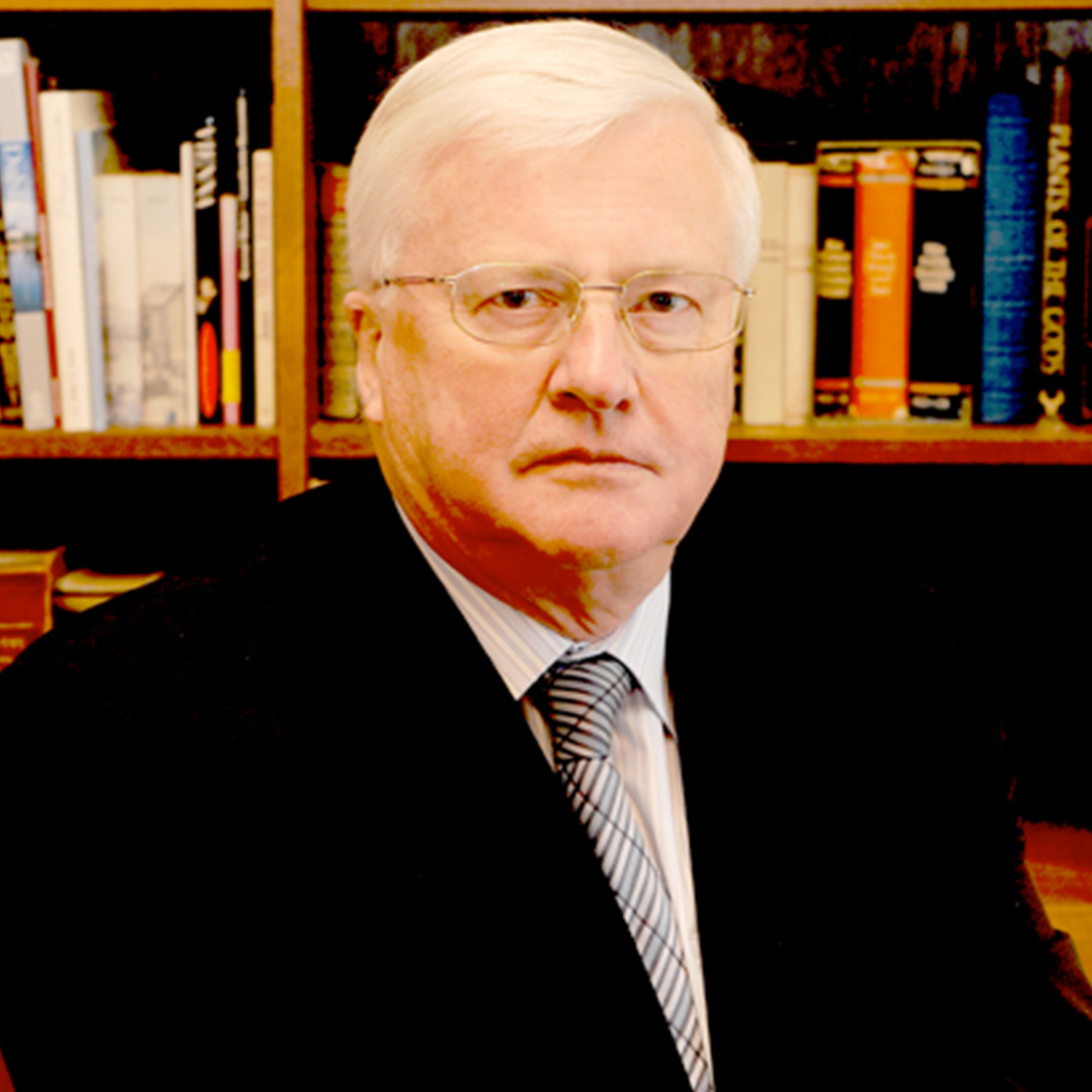
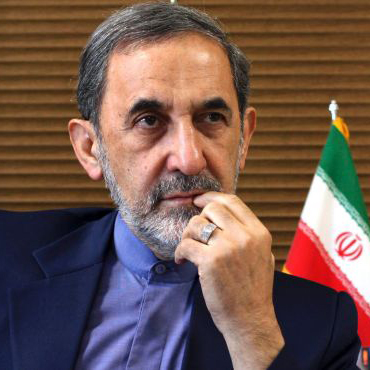




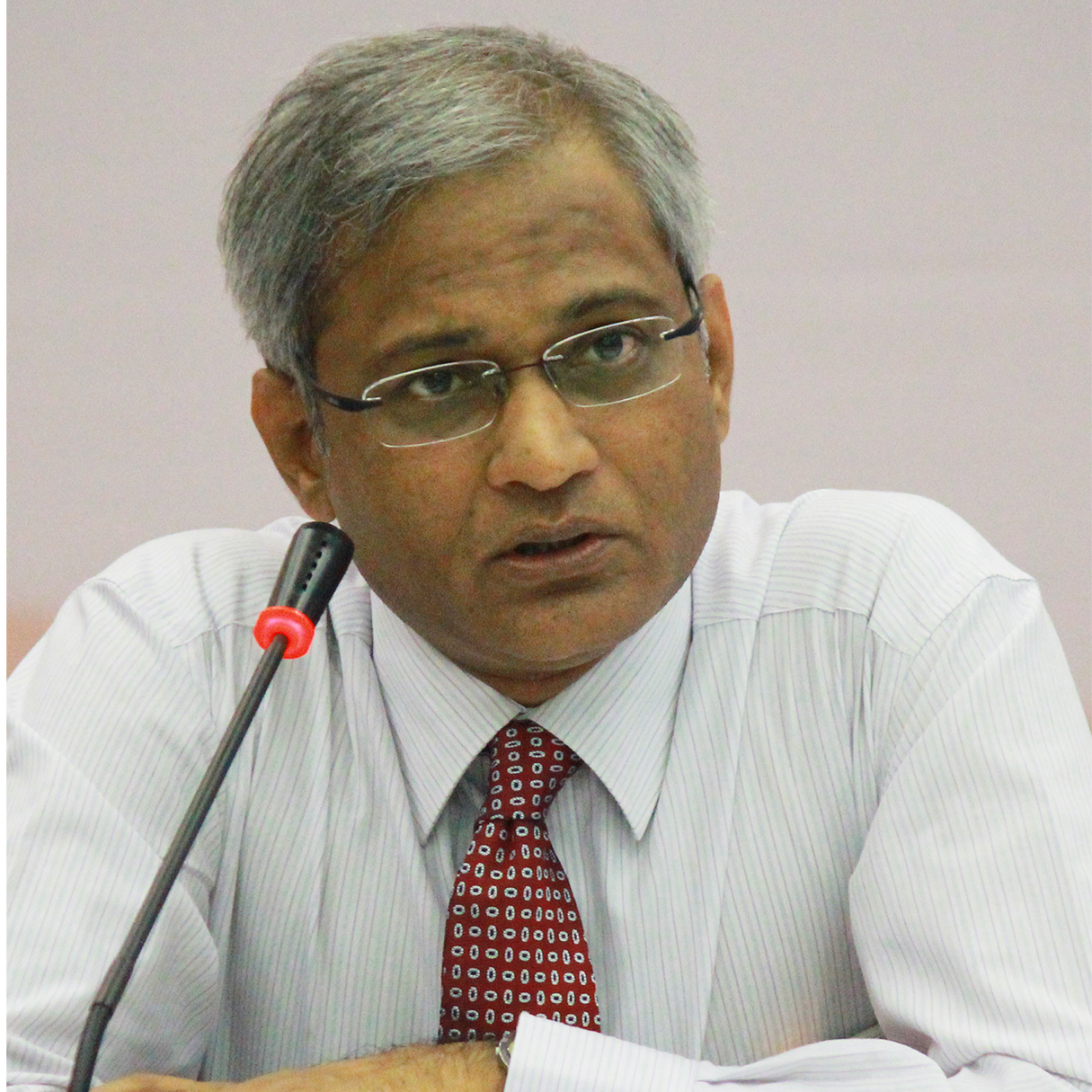
















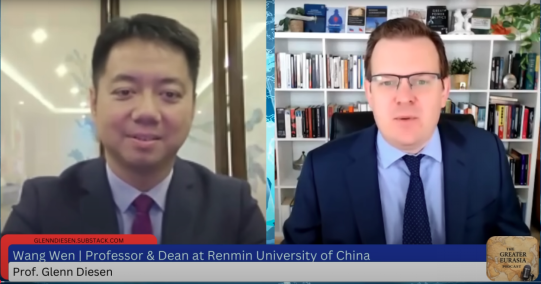
 京公网安备 11010802037854号
京公网安备 11010802037854号





